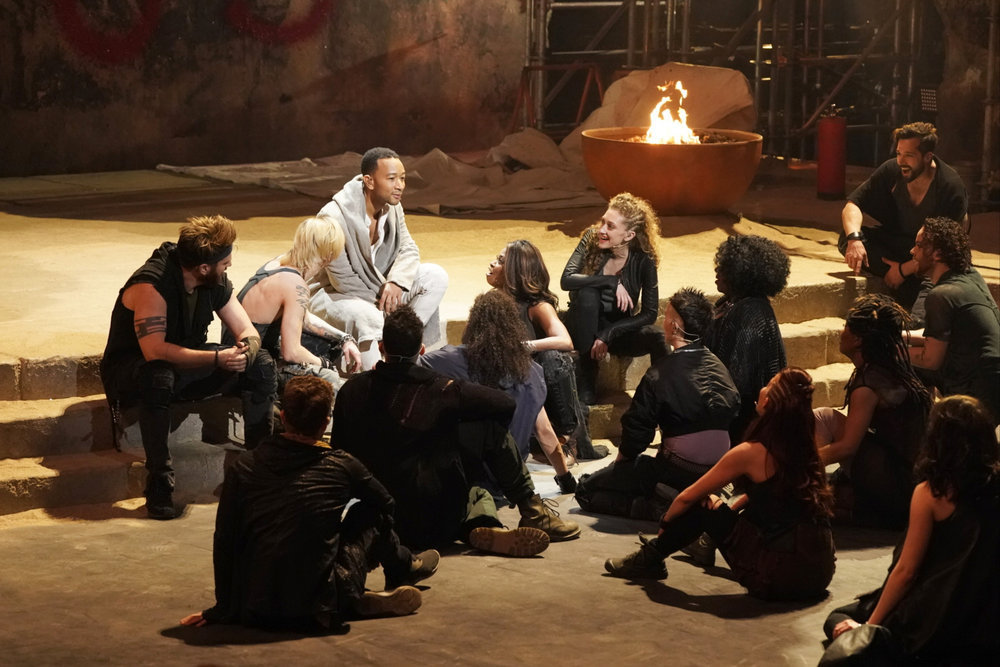
Usually games become classics for their mastery and innovation, rather than their visual fidelity. Be it the nostalgic puzzling labyrinth of Spencer Mansion in “Resident Evil,” the clever dialogue and humor of Grim Fandango or the satisfying gunplay of “Halo,” all these games serve as evidence of this.
Games like “The Legend of Zelda: The Wind Waker” and “Grim Fandango” don’t even look all that different today, with their distinctive art-style making a few polygons look gorgeous. It makes one wonder why the current gaming industry is as obsessed with photorealism as it is, and begs to ask whether it’s worth sacrificing time and money on graphics that could be spent on gameplay and story instead.
In the last month, there was the release of two of gaming’s biggest hits, “Resident Evil” and “Grim Fandango.” Both games feature updated and polished graphics, and little else added. This isn’t anything new – be it the “Halo” saga, “The Legend of Zelda: Wind Waker” or even “Pokemon,” the past year has seen many of gaming’s classics re-released with the high-definition title. However, it’s not graphics that are drawing fans new and old to these classic franchises, but something deeper that some of 2014’s best looking games missed entirely.
A good example of this industry’s wide graphics race gone wrong would be “Assassin’s Creed Unity.” While the game’s vistas were breathtaking and the character models (when not broken) looked stunning, the game didn’t reach its full potential due to limited game design and underdeveloped story – not to mention the numerous bugs caused by the high fidelity graphics.
Another release of 2014, “Middle Earth: Shadows of Mordor,” features an orc-hunting fantasy adventure which received critical acclaim. The game objectively wasn’t the prettiest game released last year, and certainly wasn’t as graphically advanced as AC Unity. When comparing “Assassin’s Creed” to “Middle Earth”, both were stealth-action games, featuring a sprawling open world – but only one will be remembered as a classic.
What Shadows of Mordor did differently was innovate. The game was genuinely fun to play and certainly wasn’t unbearable to look at. But the immersion in a game that extends far beyond what simple visuals could ever elicit is the factor that makes a game memorable and a true classic.
The soundtracks of video games can also have a huge impact on this immersion factor. Whether it is the simple, creepy ambient tracks in “Resident Evil” or “Halo’s” epic melodies, a game’s audio can bring you into the game world just as easily as graphics. A good next generation example would be last year’s “Sunset Overdrive,” a game which neither looked photorealistic nor particularly graphically impressive. Overdrive made up for this with its distinctively cartoony art style and engaging game play. Easily the most memorable part of that game was its constant punk rock soundtrack in the background, a soundtrack which took a good deal of resources to produce in house – but the developers prioritized that over graphics.
There are examples of games that manage to balance innovation and story with graphic fidelity, and these are the kinds of games that feature little difference in their remakes. The “Legend of Zelda: Wind Waker” had a unique style, a memorable soundtrack and an unforgettable open world full of puzzles, adventures and some of the most memorable bosses in the franchise. Due to its cartoony art style, the developers didn’t need to flesh out every hair, or use a massive polygon count. Instead, creating simple looking characters with bright colors and minimal detail was just as memorable and visually impressive as the overly detailed characters of games like “Far Cry 4,” whose massive open worlds are filled with fairly boring views and simplistic adventures, despite its objectively better graphics.
Graphics are important, but making sure a game looks as realistic as possible is an industry standard that’s hurting games instead of uplifting them. Games like “Saints Row” or “Skyrim” look fairly bad, but are immersive and distinctive enough to be enjoyable and memorable. Others like “Grim Fandango,” “The Wolf Among Us” or even “Borderlands” use their non-realistic style to their advantage and are remembered as beautiful looking games, despite their low polygon count and lack of technical fidelity. Yet perhaps what are most inspiring are the games that look beautiful but don’t flaunt it. Games like “Metal Gear Solid V” and “Alien: Isolation” have visually convincing worlds and detailed environments that enhance an already masterful game.
At the end of the day, what’s most important about the HD re-releases isn’t the visual enhancement. These games are important because these are games that, at their core, are amazing and have merely been cleaned up for a newer generation of machines and players.
Alessandro Arena-DeRosa can be reached at [email protected].


















